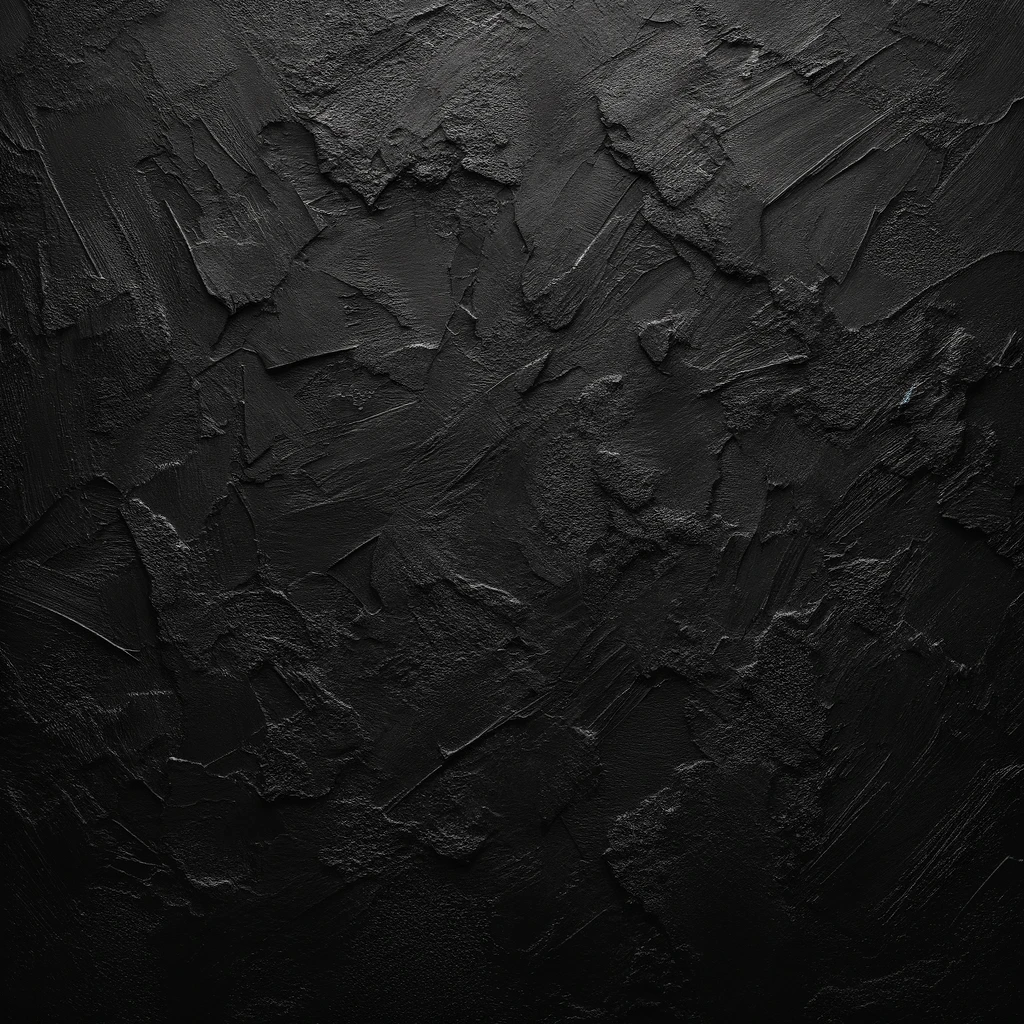Landmark Verdict: Supreme Court Rules on Ayodhya Ram Mandir Land Dispute

The land was awarded to Hindus for the construction of a Ram temple, with Muslims receiving alternate land for a mosque.
Facts of the Case:
The core issue was the ownership of the disputed land in Ayodhya, where the Babri Masjid stood until its demolition in 1992. Hindu groups claimed the site as the birthplace of Lord Ram and sought to build a temple, while Muslim parties claimed it as a mosque built by Emperor Babur in 1528.
Case of the Appellant:
The appellants, representing Hindu groups, argued that the disputed site is the birthplace of Lord Ram and should be recognized as a juridical entity entitled to ownership of the land.
Case of the Respondent:
The respondents, representing Muslim groups, argued that the mosque was built by Babur and had been used for Islamic worship for centuries, hence they should be granted possession of the site.
Argument of the Appellant:
The site has been traditionally worshipped as the birthplace of Lord Ram.
The mosque was built on the ruins of a Hindu temple.
Legal recognition of the site as a juristic entity dedicated to Lord Ram.
Argument of the Respondent:
The Babri Masjid was built by Babur in 1528 and used for centuries for Islamic worship.
The placement of idols in 1949 was illegal.
The site has historical and religious significance for Muslims.
Case Laws Cited by Appellant:
- Sri Adi Visheshwara of Kashi Vishwanath Temple v. State of UP: Juristic personality of deities.
- Ram Jankijee Deities v. State of Bihar: Worship and legal recognition of deities.
- Yogendra Nath Naskar v. CIT, Calcutta: Legal personality of religious idols.
Case Laws Cited by Respondent:
- Mohd. Asghar v. State of Uttar Pradesh: Historical use and significance of Babri Masjid.
Law Points:
- Adverse Possession: Paragraph 423
- Juristic Person: Paragraph 176
- Doctrine of Lost Grant: Paragraph 767
- Historical Evidence: Paragraph 728
- Religious Endowment: Paragraph 121
- Juristic Personality of Deities: Paragraph 176
- Historical Usage as Basis for Title: Paragraph 728
- Legal Recognition of Religious Sites: Paragraph 183
- Doctrine of Lost Grant: Paragraph 767
- Adverse Possession and Title: Paragraph 423
Conclusion:
The Supreme Court awarded the disputed land to the Hindu parties for the construction of a temple and directed the government to provide an alternate site for the Muslim parties to build a mosque.
General Point of View :
The court recognized the historical and religious significance of the site for Hindus and granted them the land while providing an alternate site for Muslims.
The land was awarded to Hindus for the construction of a Ram temple, with Muslims receiving alternate land for a mosque.
Expert Analysis on Legal Points and Propositions :
Juristic Personality of Deities: Legal recognition of religious sites and deities as juristic persons.
Doctrine of Lost Grant: Presumption based on long usage and possession.
Adverse Possession: Title based on continuous possession over time.
Adverse Possession: Continuous possession can establish ownership.
Historical Usage: Longterm usage as a place of worship strengthens claims.
Discover how landmark legal principles shape everyday justice. Click the link to explore the full judgment!”
Please read the full disclaimer. This Post is for informational purposes only and should not be relied upon as legal advice. Always consult with a qualified legal professional for specific legal matters.

